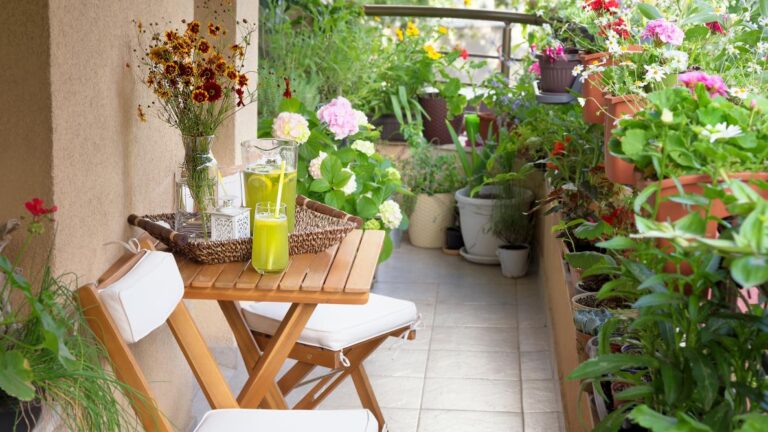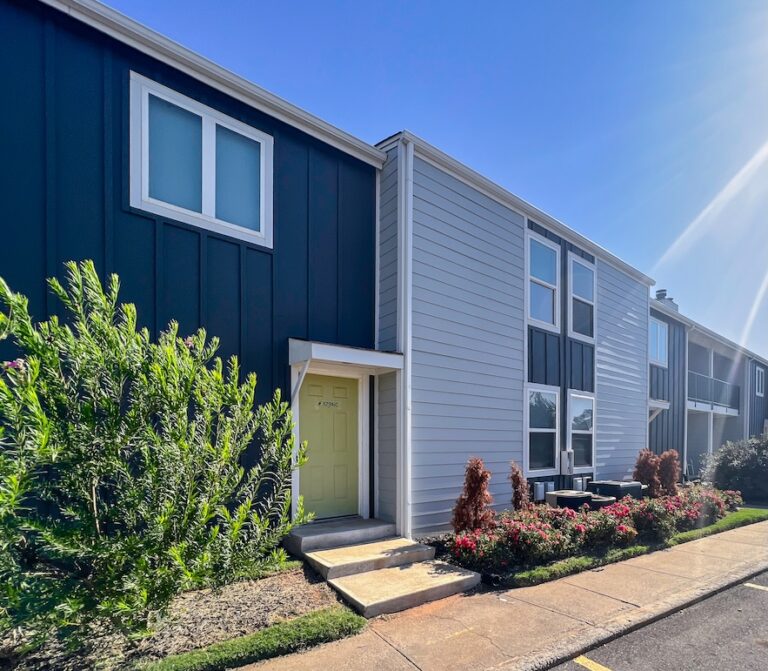
Are you a frustrated gardener? Or interested in self-sufficiency? You’d love to have a small vegetable plot, but you lack the outdoor space. Or, you’d rather use your balcony for relaxation after a hard day.
Good news! It’s possible to grow a sizable amount of vegetables in an apartment without a balcony with the right equipment. The key is identifying what crops will produce the most value per square foot and then designing a system that costs less than buying the veggies at the grocery store.
Pick a Space and Decide What To Grow
Before you do anything else, decide how much space you can devote to an indoor garden, both horizontally and vertically. The closer to a window, the better the lighting situation, but you can grow successfully anywhere with supplemental lighting. Next, make a list of what you want to grow, and begin planning your system.
BEST CROPS FOR YOUR APARTMENT GARDEN
The main consideration of which plants to pick is whether or not you need the plant to flower.
Tomatoes, peppers, cucumbers, beans, peas, and other flowering vegetables will take more time, space, heat, and specific lighting conditions for a decent harvest.
Lettuce, carrots, onions, radishes, herbs, and other non-flowering vegetables are less picky about their growing conditions and take up much less space, so think about growing:
- Leafy greens. These are easy to grow indoors because they need direct sunlight to flower, so it’s easy to keep them in production without flowering.
- Lettuce is the easiest crop to grow indoors. Lettuce can tolerate less light than most other vegetables. The downside is that lettuce is also extremely cheap at the grocery store. It may not be worth dedicating a portion of your apartment to growing lettuce when it is so easy to purchase unless you eat organic and it’s difficult to find or expensive.
- Chard/Kale/Arugula/Mustard. These leafy greens are much more nutritious than lettuce, which means they need more nutrient-dense growing media. They grow best in cooler temperatures, so they handle indoor growing well as long as there is enough light. But, they are prone to pests so they need good airflow.
- Spinach. Spinach is in the Amaranth family, which is known for flowers, so it’s important to keep spinach from flowering to be able to harvest the leaves. There are lots of varieties of spinach, so it’s easy to find one that will grow indoors.
- Root Vegetables. While root vegetables can be a bit of a challenge because they need depth and flexibility in their growing media in order to expand and mature.
- Radishes & Turnips. Radishes like cool temperatures, full sun, and well-draining growing media. These root crops mature quickly and hold well. There are many different varieties of radish and turnip, including gourmet varieties that are easy to grow indoors.
- Carrots. Carrots are related to parsley, and both are easy to grow and maintain. Carrots need well-drained, loose-growing media that is at least 6” deep. As long as carrots have direct light and air movement, they can grow well indoors.
- Onions & Garlic. Onions are technically a stem, and garlic is a bulb, but both have similar growth requirements to other root vegetables. These strong-smelling plants will help detract pests, so plant them with other vegetables in a soil-based grow bed to help ward off bugs.
- Herbs. Herbs are the easiest plant to grow indoors. They’re also a high-value crop. The downside to growing herbs is that they aren’t food; they’re seasonings. But, with a small investment, you can set up a growing space that lets you grow a wide variety of herbs.
- Beans & Peas. You can either grow a vining variety to help conserve space or a bush variety to grow them in containers. Using a fan or gently shaking the plants will stimulate pollination, and with the right growing conditions, they will produce for quite a while. You can find unique, purple-podded varieties and other heirloom varieties.

Your Vegetable Gardening System
Now that you’ve decided on your crops, it’s time to design your system. There are three basic setups that can be customized to fit your space and goals.
No matter which system you choose to build, they all need these same components:
- Air movement – fans to circulate air around your plants.
- Fertilizer – Most indoor systems use a soilless, sterile media. Look for a water-soluble fertilizer to provide nutrients.
- Consistent lighting – Plants need a dark period each night to utilize the energy they create during the day, and this needs to be consistent. When day length changes, plants think the seasons are changing, and they may stop growing, so timers are a good investment.
For lighting, LEDs make the best grow lights because they are more efficient and the light can be focused in one direction.
CONTAINER GARDENING
Containers make the simplest indoor growing method. You can use almost anything, including old juice bottles, milk jugs, plastic totes, glass jars, and buckets. You can use soil, or you can use a soilless media. Pick a growing media from raised bed garden suppliers.
Use large containers for plants with complex root systems and small containers for plants with shallow root systems. The larger the plant, the larger the container needed. Make sure all containers have adequate drainage.
To promote drainage and avoid a mess, put your containers on stands. They only need to be tall enough to allow the water to drain. Put your containers on a table or shelf with a non-porous surface, and build a small lip around the edge to stop drips. Create a slight tilt to drain water into one location.
You can also craft makeshift drain pans for your containers and empty them each day. This gives you more flexibility, but leaving the water creates pest problems, so make sure you empty them consistently.
Containers can be placed on shelves for vertical gardening spaces, or on tables to accommodate taller plants. It is difficult to support trailing plants in containers, so this system is best for leafy greens, root crops, and herbs.
VERTICAL WINDOW GARDENS
These systems maximize natural sunlight and minimize how much space you need to dedicate to your plants.
You can use PVC pipe and build a zig-zag structure, and drill holes in the top where you want to plant each plant. Then, as you water, the excess will travel down through the pipe and empty into a bucket at the bottom. This system works great for small, leafy greens, and herbs
You will still need supplemental lighting in this setup, but you can also harness the natural light by building a reflective wall to bounce sunlight back towards your plants. This greatly reduces the need for supplemental light, and may even support leafy greens and herbs by itself.
There are other, more complicated systems such as hydroponics and aquaponics. These are best for growing large amounts of vegetables, but you’ll need help to get these started and they can be messy.


Recent Comments